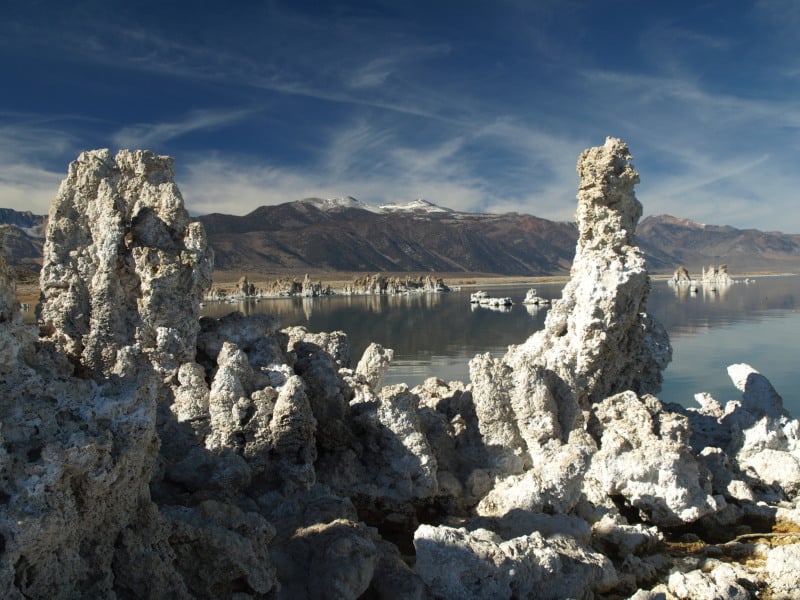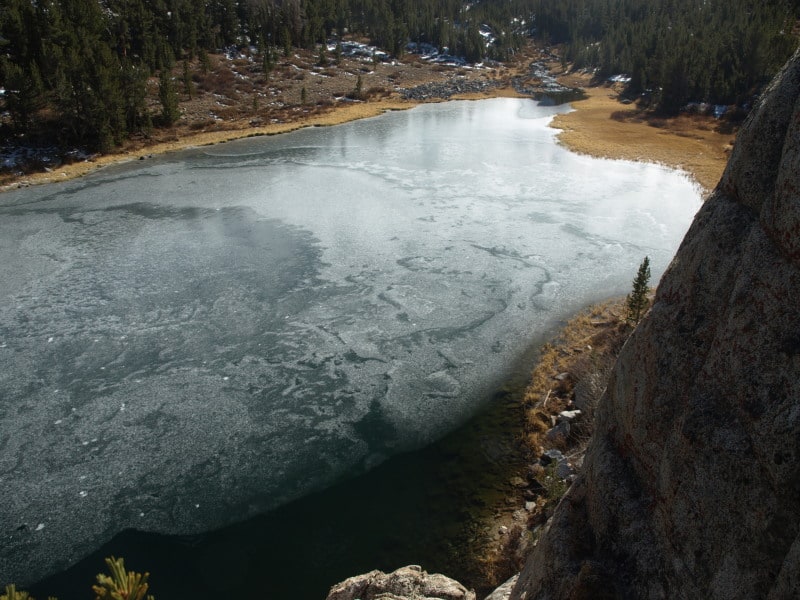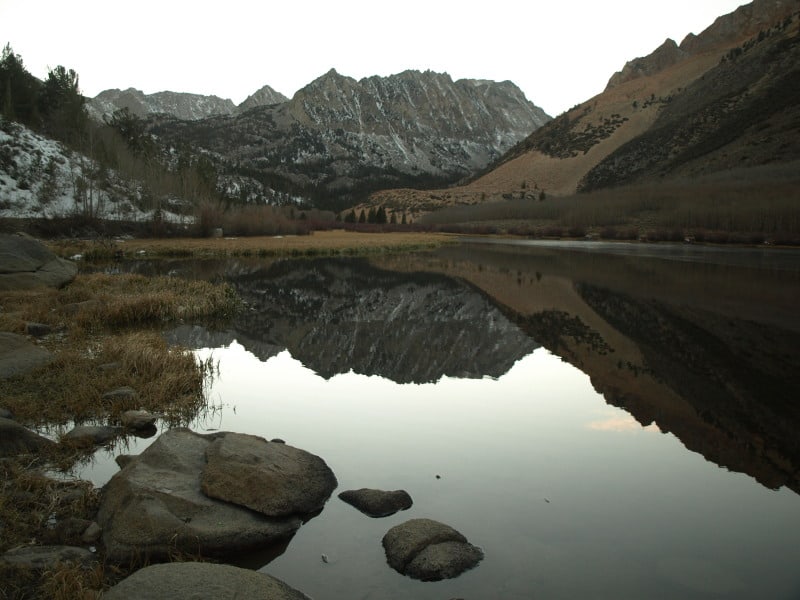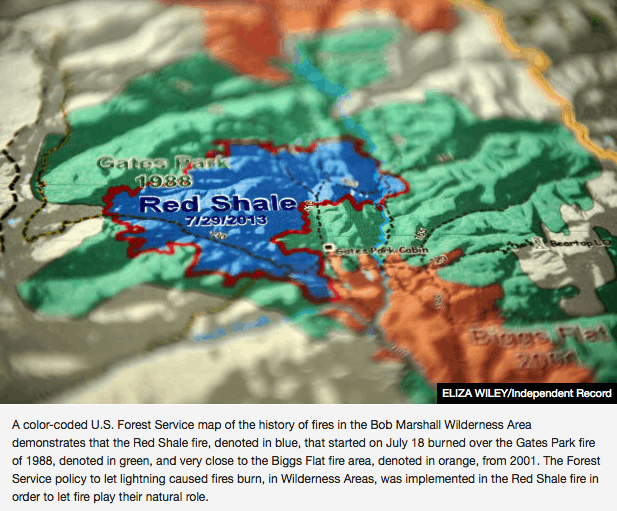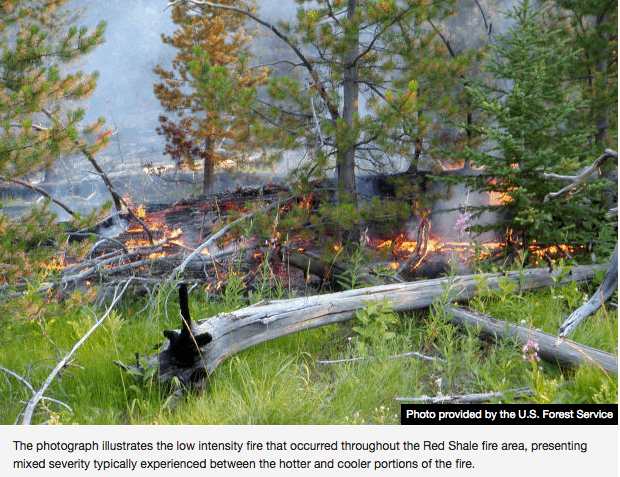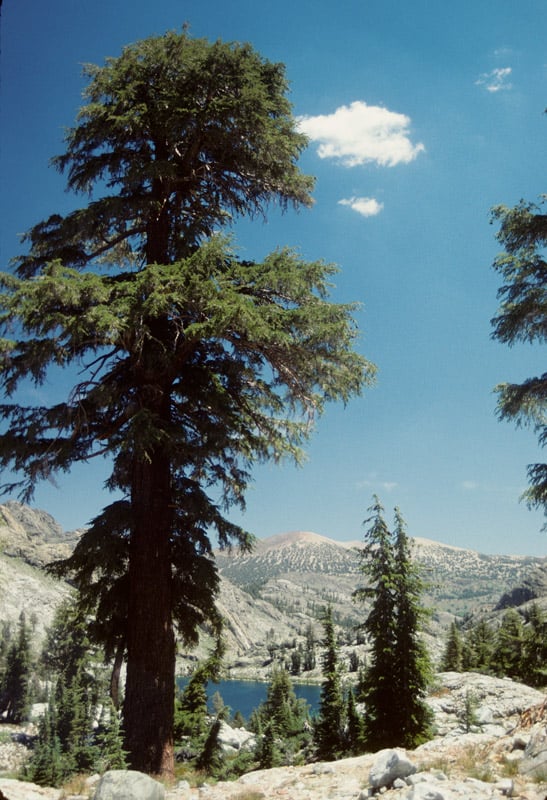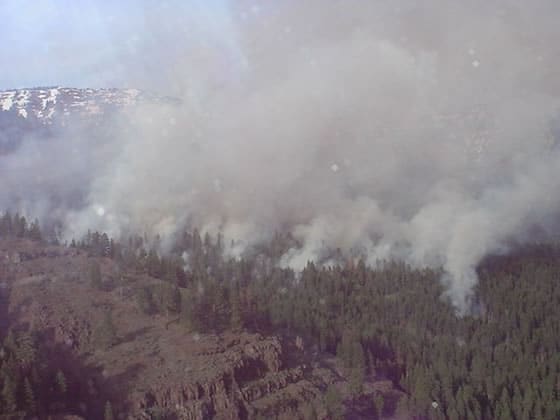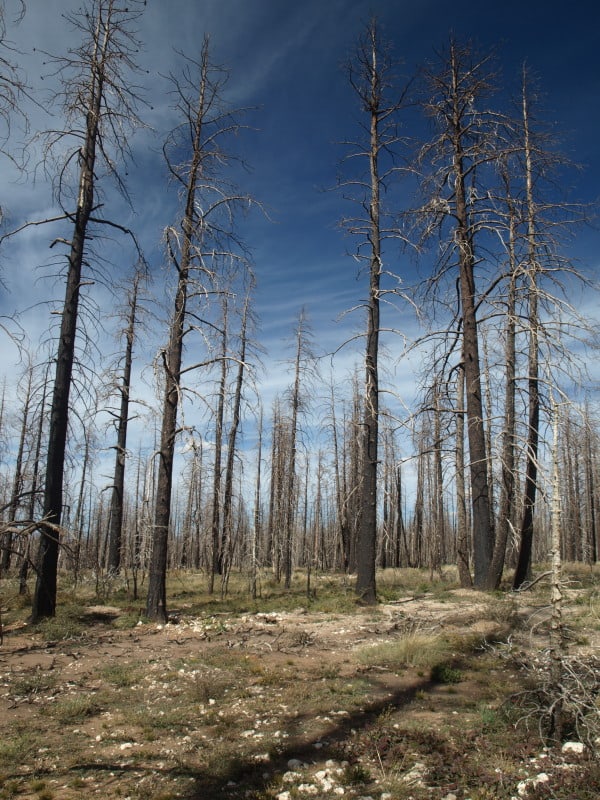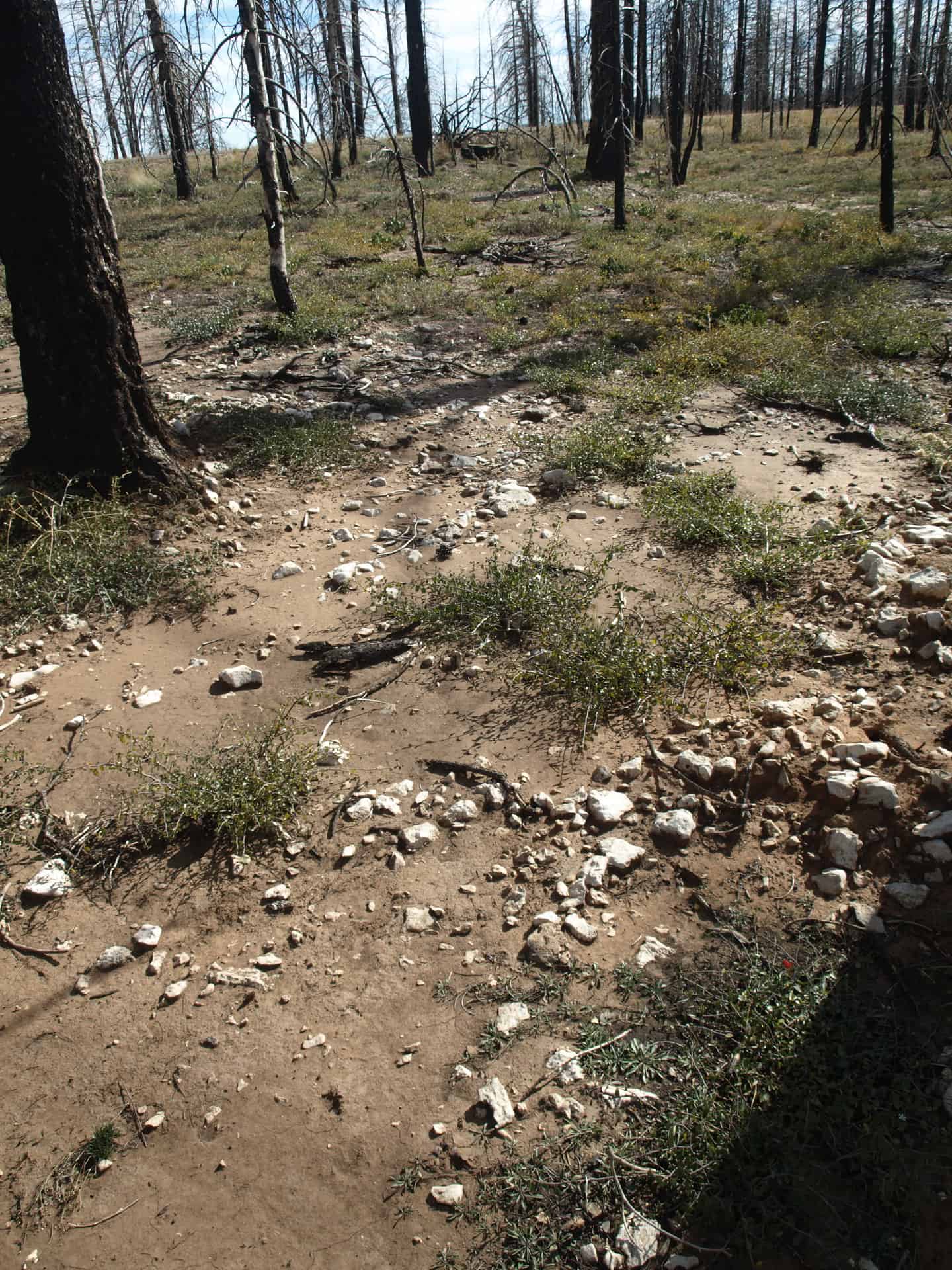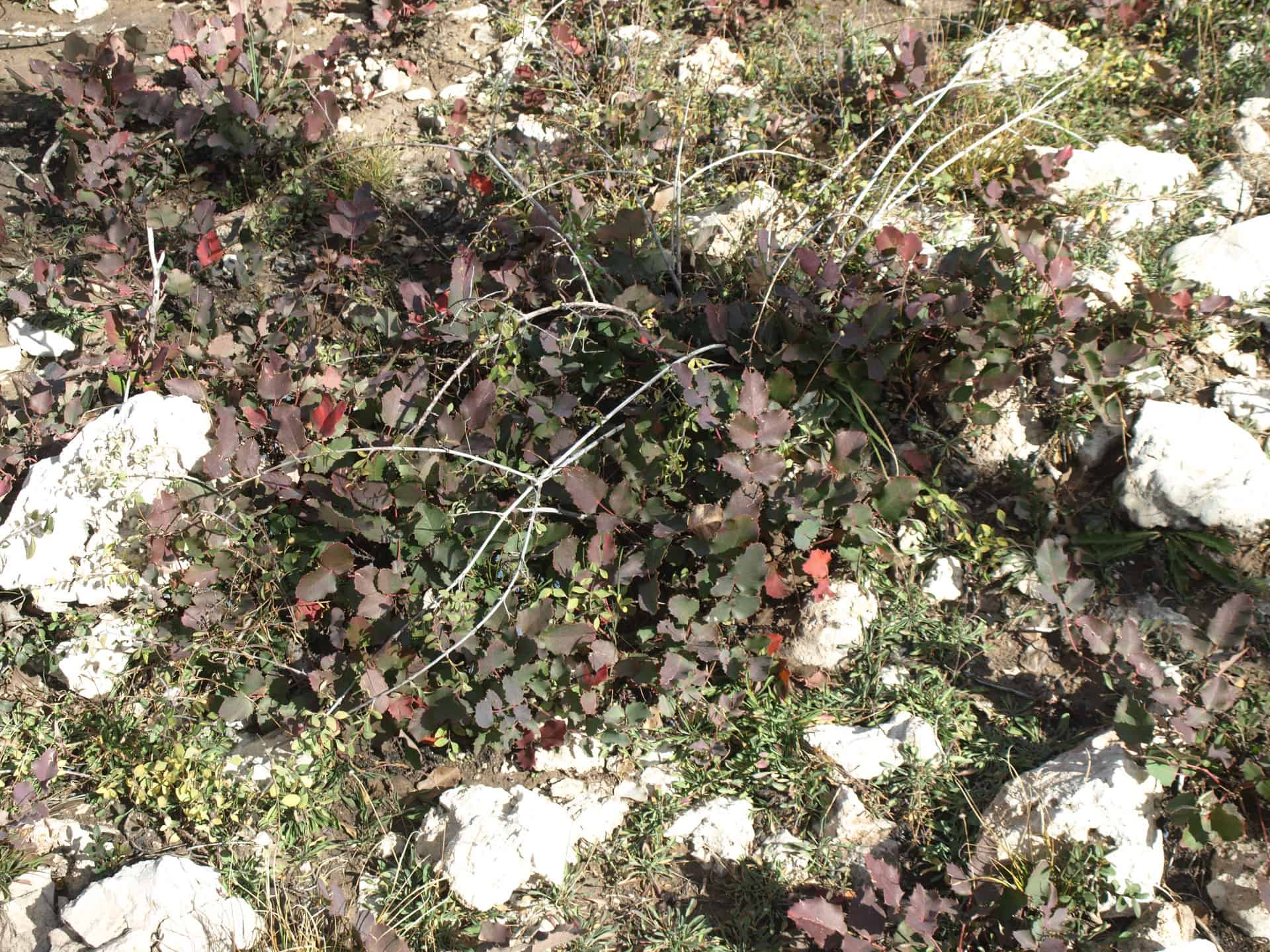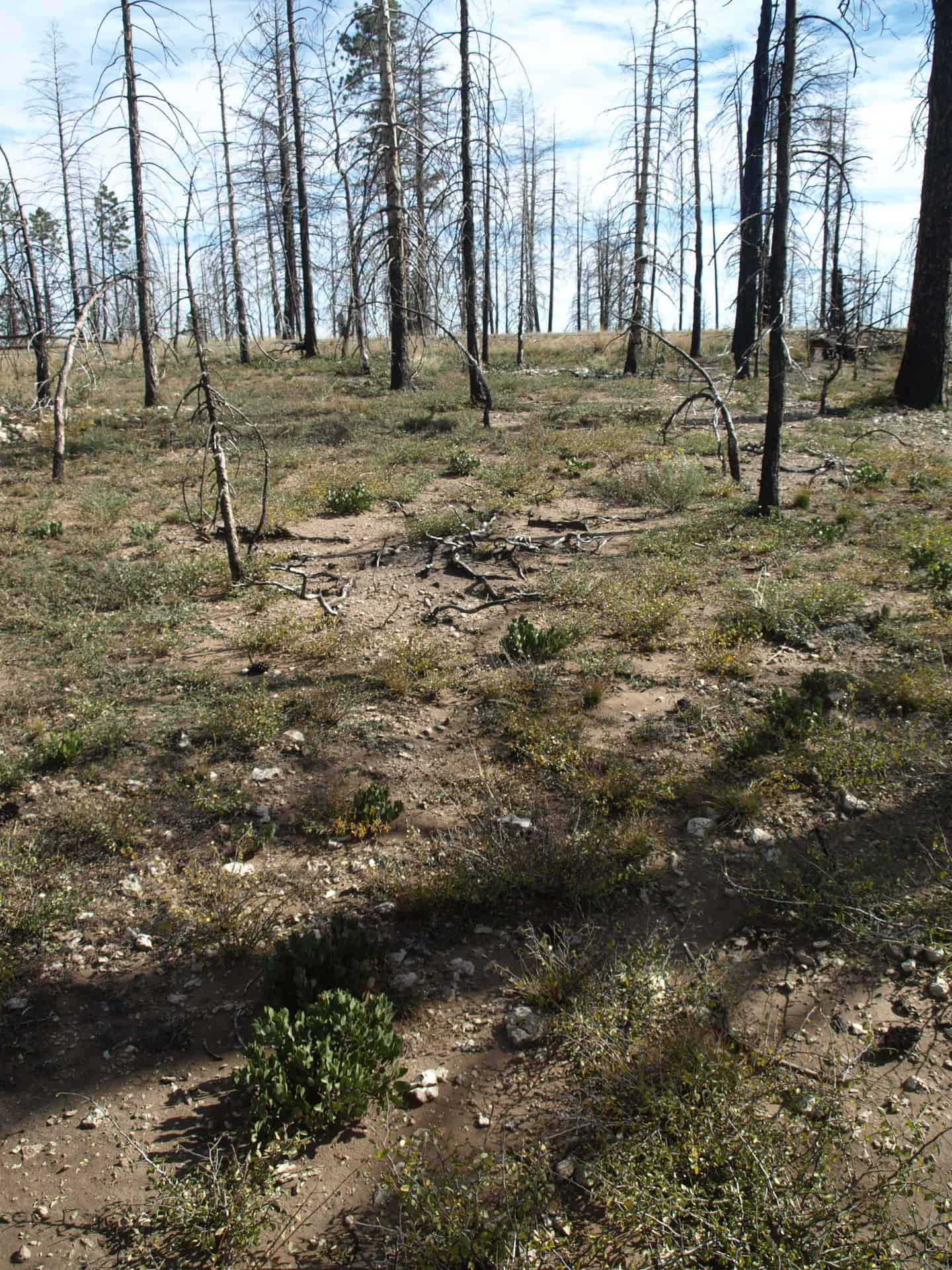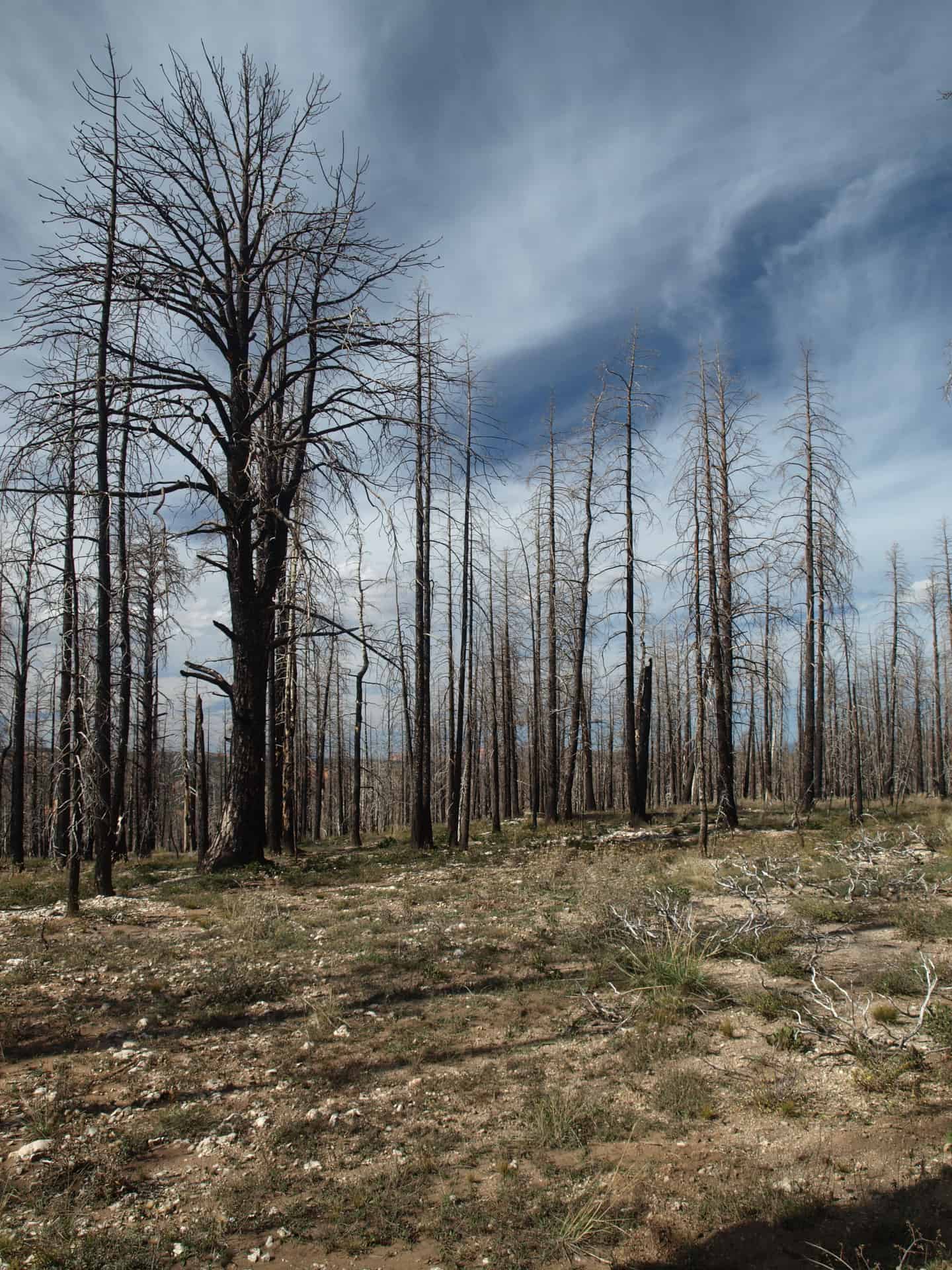By Howie Wolke
Whenever I begin to think that the Forest Service is becoming more conservation-minded, count on it to provide a reality check.Begin with the Bridger-Teton National Forest’s logging proposal, allegedly to reduce forest flammability, that’s partially within the Palisades Wilderness Study Area. That’s a claim, by the way, refuted by most scientists. Also, the Forest Service has recently cut mountain bike trails through the same WSA.
Unfortunately this disregard for laws designed to maintain the option for future wilderness designations is systemic, not local. For example, near my home the Forest Service was recently court-ordered to curtail illegal vehicle abuse in the Gallatin Range WSA. The agency had violated the 1977 Montana Wilderness Study Areas Act.
And east of Togwotee Pass, instead of clamping down on illegal mountain bike use in the DuNoir area, the feds plan to designate a bike route through the heart of this exceptionally wild and beautiful place. Yet the 1984 Wyoming Wilderness Act designated the DuNoir a Special Management Unit, and its language clearly forbids all vehicles.
Arguably no roadless area anywhere deserves wilderness protection more than the magnificent DuNoir. The scenery is stunning, and its deeply wooded basins and sprawling tundra provide habitat for a plethora of wild creatures, including wilderness-dependent species such as grizzly, lynx and wolverine. (To prove the point, in 2012 I watched a wolverine scale a cliff near the DuNoirs’ Bonneville Pass.)
Allowing bikes a slippery slope
Oddly, in their land management planning process, which is nearly final, the Shoshone National Forest has failed to recommend wilderness designation for a single acre of unprotected Shoshone roadless lands, including the DuNoir. So other world-class Shoshone wildlands such as the Francs Peak, Wood River and Trout Creek Roadless Areas will also remain vulnerable to mechanized vehicular abuse and resource extraction.
Wisely, the 1964 Wilderness Act, our national wilderness law for public lands, forbids resource extraction and “mechanized,” not just motorized, travel.
When mechanized mountain bikers demand access to proposed and even designated wilderness, they fail to understand that if we allow this, then owners of who-knows-what future contraptions will certainly demand equal treatment. So will snow machine and ATV owners.
To loosen wildland restrictions starts us down a steep slippery slope. And mountain bikers are not traditional users, like hikers or horse-packers. These machines didn’t even exist until the early ’80’s. By allowing them to proliferate in roadless areas the Forest Service nourishes yet another anti-wilderness constituency. A cynic might suggest that’s no accident.
The infusion of former U.S. Sen. Al Simpson into the DuNoir equation is a recent twist. His son-in-law is a vocal mountain bike advocate who runs a Cody-area bike club. Simpson now advocates biking in the DuNoir and claims that maintaining future wilderness options for the DuNoir was not a goal of the 1984 legislation. But that’s misleading. I worked on that bill and maintaining the wilderness option was important.
Backcountry biking damages the resource. Bikers simply don’t stay on trails. Often they veer off trail just to keep from crashing.
Last year I sent the district ranger photos of recent mountain bike damage to vegetation at Kissinger Lakes, in the DuNoir, but the problem persists.
Due to the speed factor, mountain bikes startle wildlife more than hikers or horseback riders. Their speed also renders remote areas more accessible, thus reducing solitude for the many in favor of the few.
Like trail runners with ear pods, mountain bikers “troll for grizzlies,” as demonstrated by the 2004 mauling of a DuNoir mountain biker. And speaking of danger, the steep unstable Pinnacles Trail above the Brooks Lake Road (along the proposed route) is a future disaster. One day when bikers speed around a corner smack dab into a pack string where there’s no place to go except down the steep scree, it will happen.
Let’s face it: Mountain bikers don’t wear all that protective gear because they’re always in control.
At this point in our history, public land decisions should be about wildness and what’s best for the land and wildlife. Recreation can adapt.
Our public lands are not outdoor gymnasiums; nor are they pies to be divvied up among user groups, “interested publics” or local “stakeholders” to use a bit of bureaucratese.
As a backpacking trip outfitter, I’ve been guiding throughout the West and in the DuNoir since the late ’70s. When these lycra-clad speedsters zip past our groups, ripping up native vegetation and spooking critters, it diminishes the clients’ hard-earned wilderness experience.
But that’s not why the DuNoir — and other qualifying wildlands — should be designated wilderness. It’s because wilderness designation is best for the land.
Wilderness about humility
Wilderness is about humility, a statement that humans don’t know it all and never will. It takes us beyond “self,” and I think that’s a good thing. More than any other landscape, in wilderness we are part of something much greater than our civilization and ourselves.
Perhaps above all, wilderness is a statement that nonhuman life and wild landscapes have intrinsic value, independent of their benefits to humans. That’s why most remaining roadless areas should be designated Wilderness. And it’s why the Forest Service and some politicians are so wrongheaded, stuck in an outmoded and myopic worldview regarding the DuNoir, the Palisades, Francs Peak, the Gallatin Range and so many other fragile wildlands throughout the United States.
